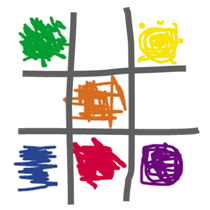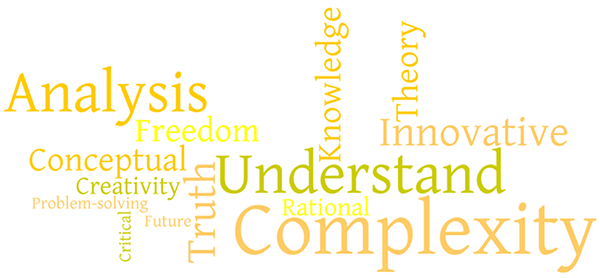The Institute of Collaborative Management provides a complex and sensitive behavioural mapping tool, developed from an academic psychological theory and tailored for practical use in a business context.

Background


How did the concept of Drives come about?
The behavioural mapping system is based on the work of Dr Clare Graves, an American psychology professor and a contemporary of Maslow, who developed his theories in the 1950s. He wanted to examine what constituted psychological maturity, and conducted extensive research among respondents drawn from a wide range of age groups and countries. From this research he identified a discrete group of motivating factors, or Drives, which combine in each person to form their world view.
Graves concluded that each person is made up of a unique combination of Drives, some of which may complement each other and some of which may be in tension; and that we try to align our actions and environments with these Drives – which explains our behaviour, our feelings and our thinking patterns.
From Graves to ICM

The concept of Drives as identified by Graves has been developed further for use in the workplace, as a teamwork and communication tool, in the form of behavioural maps. In the last ten years, the theory has been refined and progressed, using further empirical evidence in the Netherlands and in Australia.
How do we experience Drives at work?
Perhaps you work with someone who is constantly coming up with new ideas for solving a problem – even after everyone’s already agreed on a solution. You can’t understand why he doesn’t just accept what’s been decided and get on with sorting it out. Or you may have another workmate who seems arrogant and only concerned with making herself look good, whereas you think that it’s more important to work collaboratively and supportively.
Understanding your own Drives and those of your colleagues helps to explain what’s behind this behaviour, as well as the way that you interpret and react to it. Your colleague might have a strong complexity (yellow) Drive, which makes him want to find the perfect solution to the problem; but your need to make progress, from your goal-directed (orange) Drive, means that you view his behaviour as obstructive. Or it’s your arrogant colleague who has the goal-directed and ambitious orange Drive, but you’re filtering how you view her behaviour through your own strong (green) community Drive.
What are the Drives?

Your personal profile is unique, like your fingerprint, and is a combination of both acceptance and rejection of each of these drives.










